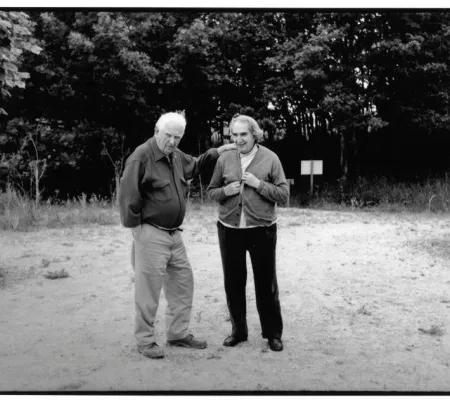In 2016, Luiz Camillo Osorio curated the exhibition Calder and Brazilian Art at Itaú Cultural in São Paulo in partnership with the Calder Foundation in New York. The exhibition examined not only the dialogue between the American artist and Brazilian culture that started with his exhibitions and visits to Brasil between 1948 and 1959, but also the relevance of three essays on Alexander Calder written by eminent postwar Brazilian art critic Mário Pedrosa between 1944 and 1948.
This talk asserts that the impact of Calder’s exhibition at the Museum of Modern Art in New York (MoMA) in 1943 was definitive to Pedrosa. In that exhibition, Pedrosa experienced what Osorio describes as an aesthetic epiphany. Reading Pedrosa’s subsequent writing, we can pinpoint five elements of Calder’s work very influential to understanding what happened later in Brazilian art, as well as to rethinking Calder’s legacy. They are: 1. introduction of motion in sculptural form and its expansion in space; 2. use of common and precarious materials; 3. a playful response to geometric forms; 4. the invention of a hybrid genre between painting and sculpture; 5. the encouragement of participation and the subsequent rupture of a contemplating attitude in front of the work of art.
Luiz Camillo Osorio is an Associate Professor of Aesthetics in the Department of Philosophy at the Pontifical Catholic University of Rio de Janeiro (PUC-Rio). He is also a Researcher with the National Council of Scientific and Technological Development (CNPQ) and Curator at Instituto PIPA. From 2009–2015, Osorio was Chief Curator at the Museum of Modern Art of Rio de Janeiro (MAM Rio). In 2015, he was Curator of the Brazilian Pavillion at the Venice Biennale.


